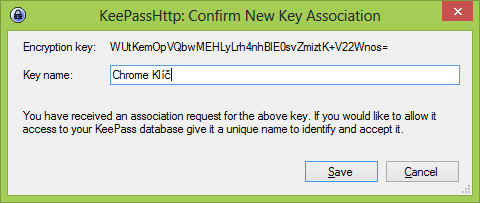
I recommend using a master password, and KeePass will show you a helpful “estimated quality” bar which determines the strength of your security password. You can use a master password, use a key file (a special security file, which must be present on your system before you can access your passwords), or tie access into your Windows account. You are given the following security options ( Figure B):

When you fire up KeePass you start with a fairly blank slate ( Figure A).Ĭlick File then New to create a new database. SEE: Password management policy (Tech Pro Research) Installing KeePass kdbx extension), which cannot be accessed via alternate means such as opening it in a text editor or Microsoft Word. With KeePass, all passwords are stored locally in an encrypted file (with a. When using a master password you can access all of your account and password information via a single interface. While it might sound intimidating (what if it gets lost or stolen?), it actually allows you to maintain deeper levels of security. Top 10 open-source security and operational risks of 2023Īs a cybersecurity blade, ChatGPT can cut both waysĬloud security, hampered by proliferation of tools, has a “forest for trees” problemĮlectronic data retention policy (TechRepublic Premium)Ī password manager stores all of your eggs in one basket, so to speak. I rely on KeePass, an open source password manager, and I’ll tell you why. You can reduce the headaches by using a password manager utility like KeePass or Password Safe. The worst thing you can do from a security perspective is use the same password for all of your accounts (and remembering the breadth of your accounts can be challenging as well). As frustrating as they can be, passwords are still a way of life when authenticating to most systems and accounts.


 0 kommentar(er)
0 kommentar(er)
